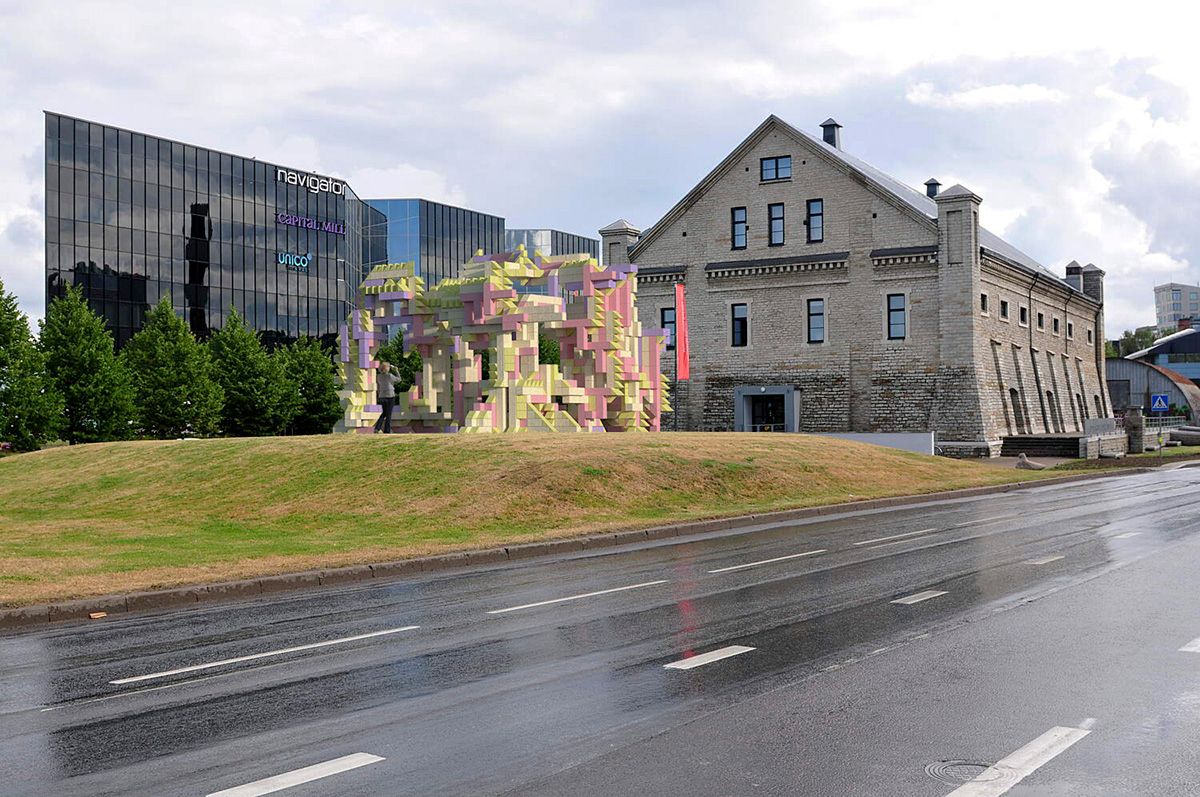The 6th Tallinn Architecture Biennale (TAB 2022) launched the platform, which allows users to participate in the design process of the Fungible Non-Fungible Pavilion created by iheartblob, in the winning submission for the TAB 2022 installation program. The proposal focuses on the concept of slowness, in line with the main curatorial theme of the international exhibition: Edible. Or, the Architecture of Metabolism. A special feature of the pavilion is that it is the first blockchain-funded architectural initiative.
The title mentioned above (Edible. Or, the Architecture of Metabolism) refers to the concept that transfers the metabolism and experience of the natural world to the area of cities and buildings. “Envisioning an architecture that produces resources, digests its waste and decomposes radically questions the extractive, consumptive and contaminating nature of the built environment. Today, within the context of interconnected global crises, namely the climate emergency, the public health crisis and social inequity, the idea of a world where resources are recirculated is vital for planetary habitability,” said the curators of the exhibition, Lydia Kallipoliti, and Areti Markopoulou, on the website of ArchDaily.

In the project plan submitted by TAB for 2022, iheartblob completely reimagined the requirements for the pavilion. The architectural design studio and research group was founded by Aleksandra Belitskaja, Ben James, and Shaun McCallum and currently operates in the UK. In their concept, they present a new, decentralized, and systematic approach to architectural design, production, and financing—in which the community is both a designer and an investor. The architect becomes a system designer that empowers communities and enables local craftsmanship through the usage of blockchain, specifically the emergence of Non-Fungible Token, and Artificial Intelligence.
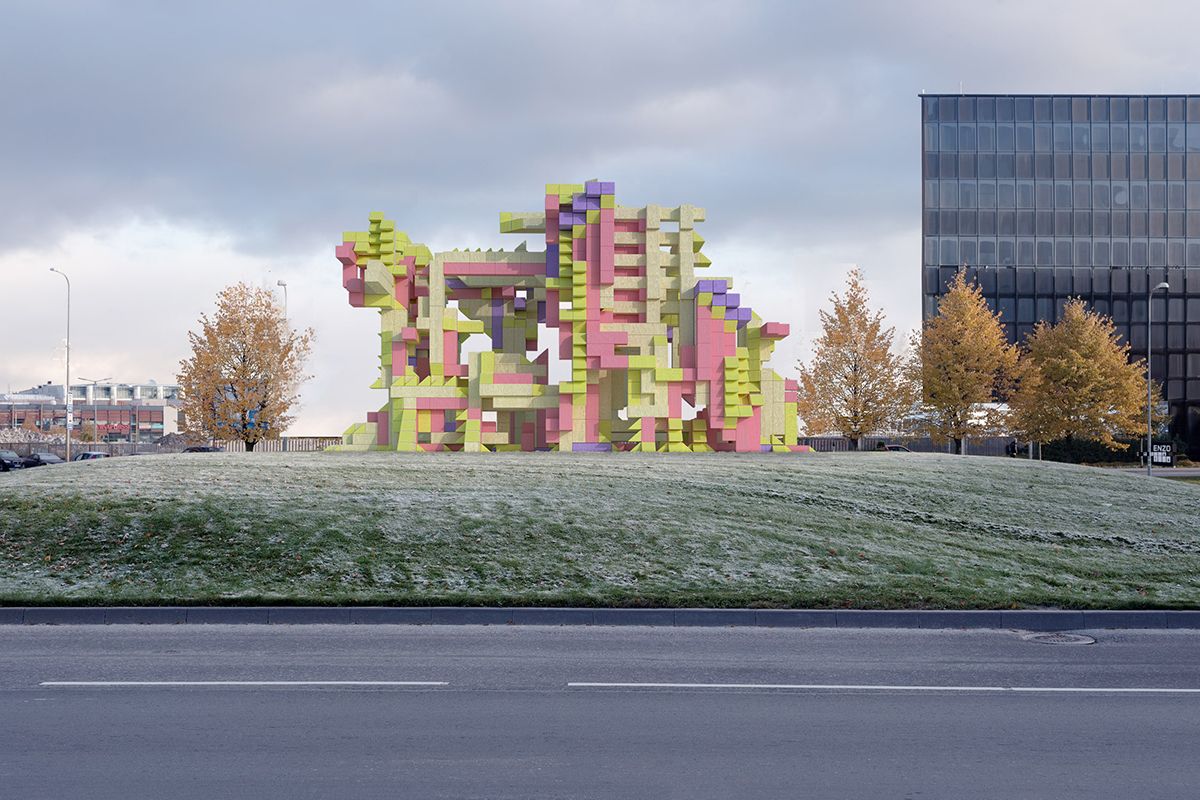

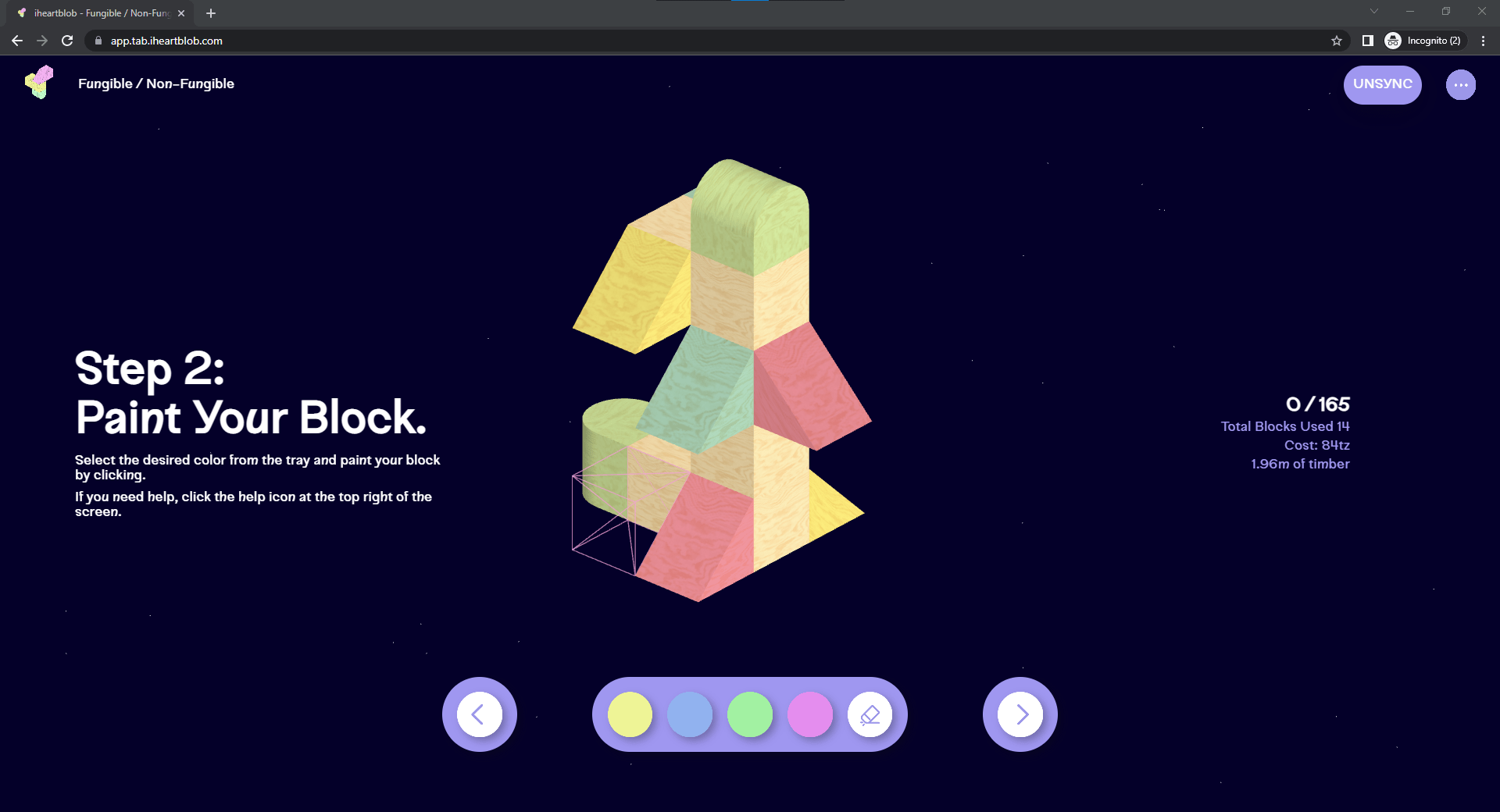
Instead of designing the architectural elements themselves, they launched a dedicated platform, a generative NFT tool in which anyone can design and mint (the term used for the process of creating and authenticating digital ownership) their own objects. The design platform, which was launched on 7 July, shows an interactive 3D interface where users can design their own block by combining cubes, triangles, and other objects of different colors and shapes. Under the design direction of iheartblob, the built pavilion will be a combination of blocks designed and minted by users, as each will be translated into constructible timber pieces.

To purchase their block, users must connect to their Tezos wallet. “We chose the Tezos blockchain as it is very environment friendly and supports the cleanest NFT processes: just think that to mint one block it uses the equivalent energy needed to post one tweet. Tezos has also a great community of artists and creators and our team has built strong relationships within this network,” said Shaun McCallum, co-founder of iheartblob. They also cooperate with objkt.com, the largest primary and secondary marketplace for Tezos NFTs.
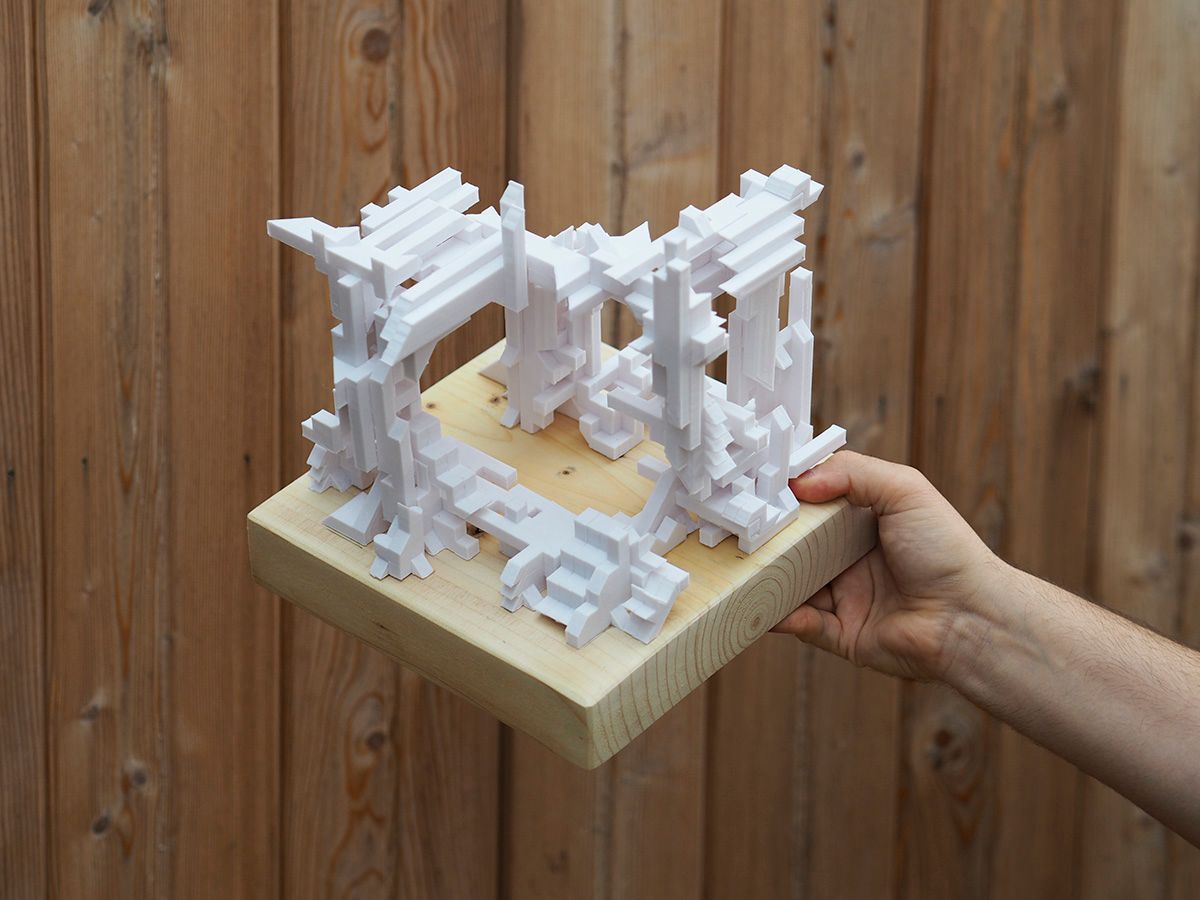
Users will own the digital block, that is, their artwork, while they will not be owners of the physical blocks. The pavilion will therefore consist of individual parts, each with a different designer and owner. iheartblob would like to encourage future exchanges and possible future developments of the Fungible Non-Fungible project.
The pavilion will be open until all the blocks are minted, then the construction begins. The installation will be built in July and August in the green area opposite the Museum of Estonian Architecture and will open to the public on the opening week of TAB 2022, 7 September, where it will be on display until the 2024 Biennale.

TAB 2022—Edible. Or, the Architecture of Metabolism
7 September—20 November, 2022
Tallinn, Estonia
Images: iheartblob
TAB 2022 | Web | Facebook | Instagram
iheartblob | Web | Facebook | Instagram
Source: Press Release, ArchDaily
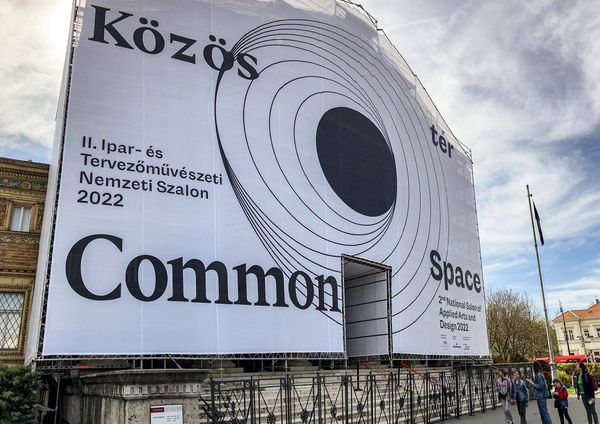
KEDDEN KÉTSZÁZ—Discounted tickets for the exhibitions of Kunsthalle










